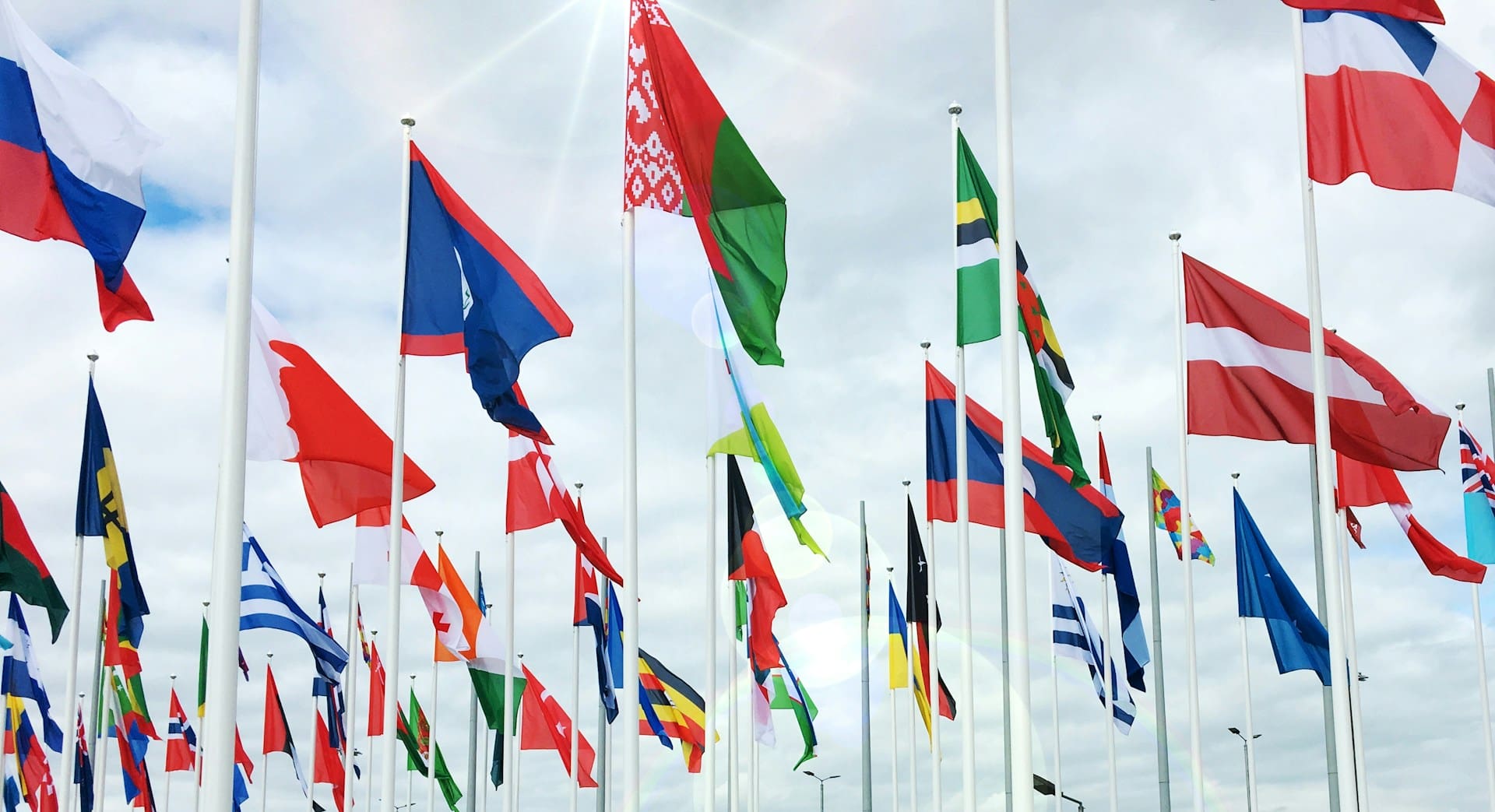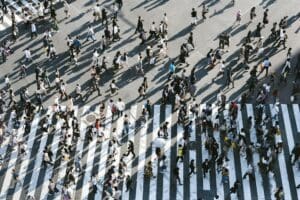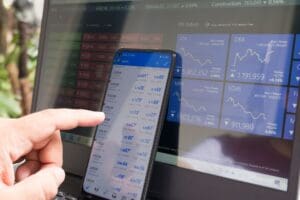By RSF Staff
See original post here.
In recent years, economic inequality has increased along with housing costs, inflation and mass layoffs, all of which have significantly impacted the economic well-being of individuals worldwide. These have led to a plethora of negative outcomes including the rise of homelessness and the share of individuals who are burdened by the cost of living.
Government assistance programs like Housing Choice Vouchers, Medicaid and Supplemental Nutrition Assistance Programs have been around for decades. These programs have helped many Americans who face financial hardship, but some policy experts and advocates argue that these programs do not do enough. They offer targeted support for specific populations but oftentimes still do not reach the people who need it most.
As a result, policymakers and public figures worldwide have advocated for Universal Basic Income (UBI) programs including Twitter Founder Jack Dorsey, Leader of the Democratic Party of Korea Lee Jae Myung, and French politician and former French Presidential Candidate Benoît Hamon.
But what is UBI exactly and what does it look like?
Understanding UBI
Universal Basic Income is a concept where individuals in a country or designated region receive regular cash payments as an unconditional source of income usually from the government or other institution.
There are a few key aspects of UBI:
- UBI is a recurring regular payment, not a one-time payment
- The benefit is paid in cash and individuals can use it immediately, however they like
- The payment is universal and paid to all citizens, with some restrictions depending on the proposal (e.g., citizens over 18)
- Participation in the program is unconditional (e.g., does not involve a work requirement to earn cash benefits)
- Payment is dispersed to individuals, rather than households
UBI programs typically have several goals. Poverty alleviation is one of the biggest aims and because payments are made in cash, it directly addresses a wide range of financial issues for individuals who need assistance. Money transferred from UBI can also serve as a safety net and reliable source of income for families during medical emergencies, natural disasters, in between jobs or unexpected layoffs.
UBI in Practice: Pilot Programs Around the World
Many UBI pilot programs and studies have been conducted around the world. In Kenya, a non-profit organization called GiveDirectly accepts cash donations and transfers it to families living in extreme poverty. Their program has reached over 1.5 million people who use the money on healthcare costs, livestock, educational costs, water, irrigation and agricultural systems and beyong. In India, a 2012 pilot study of over 15,000 individuals compared villages that received the equivalent of $4.40 USD for each adult and $2.20 for each child monthly with villages that did not. The researchers found that the extra cash was used for enhancing living conditions, food and nutrition purchases and education costs. Overall, villages that participated in the program experienced an improved quality of life compared to those who did not participate.
Although there are several positive examples of UBI pilot programs, these programs are not truly “universal” because they were temporary and only included targeted populations. Several implementation challenges remained following these temporary programs including hesitancy from policy makers, economic concerns, cost and funding, and resistance from the general public.
The main argument against UBI funding is rooted in opposition to higher taxes. Understandably, people and businesses refuse to pay additional taxes if they believe that their money will be redistributed to other individuals, but UBI does not need to be funded by increased taxes. Rather, capturing value from land and resource rents and sharing the wealth created by collective resources is a viable solution.
UBI in Practice: Alaska’s Permanent Fund
One of the best-known examples of a long-standing UBI program is Alaska’s Permanent Fund. Every resident of Alaska receives an annual cash payment that is funded through oil revenues harvested from the land. The permanent fund was established in 1976 and continues to operate to this day. It has grown to $79.6 billion dollars and in 2023, the annual dividend distributed to citizens was $1,312.
The Alaska Permanent Fund celebrates collective ownership of the land and allows all residents to benefit from Alaska’s natural resources. Data also suggests that the fund has mitigated income inequality on a state level.
Economists point to Alaska’s Gini factor, a measure of income inequality, and note that it is lower than almost all other states (49th). Gregg Erickson, an economist and board member for the Robert Schalkenbach Foundation explained that Alaska’s Gini factor had been far lower than any other state until 2015, the year that Alaska reduced the dividend to pay for other state government costs. He warns that current trends in state finances may lead to further dividend cuts, which erode Alaska’s enviable level of income equality.
A Commonwealth Proposal in Canada
In Canada, a group of UBI advocates who make up an organization called Common Wealth Canada propose that collecting value from Canada’s land and resources would create $241 billion dollars of wealth annually that could be distributed to Canadians. They propose that it is enough to provide each adult with up to $7,600 per year in dividends.
One key factor of Common Wealth’s proposal that signals promise is their funding plan. While Alaska’s Permanent Fund relies on oil revenue, a fundamentally finite natural resource, they propose that a UBI in Canada should be funded through land and resource rents. In this model, government-owned, public goods such as land, resources, or infrastructure could be rented to private corporations or individuals and the revenue earned would fund a UBI. This concept has also been referred to as “asset monetization” or “asset recycling”.
For instance, government entities could lease unused or underutilized public assets and infrastructure such as vacant lots, buildings, parking facilities, or airports. Airports are often large revenue generators for cities and their value will only increase as demand for air travel continues to rise. About 98 percent of the 3,300 American airports tracked by the Federal Aviation Administration are owned by public entities. One study found that 31 of the U.S’s largest airports have a market value of $131 billion dollars and could generate billions of dollars to fund government programs if they were leased to private partners.
This model is not new. Resource rents recently funded public transportation and highway projects in Australia. In New South Wales, the government leased its electrical transmission system to a private partner and raised $2.19 billion dollars to renovate and expand the Sydney Metro System, light rail and several highways.
Frank De Jong, an environmental economist, sees a bright future in utilizing resource rents in America. He emphasized that the wealth generated through these assets currently rests in the hands of a monopoly, but recognizing their value as a common good means that everyone has a right to their share and deserves to benefit.
“The only way to permanently eliminate poverty is to 1) break the monopoly owners’ grip on the unearned increment 2) shift the tax burden off the productive economy and onto the speculative economy and 3) distribute the rental value of the commons to all equally as a citizens’ dividend or UBI,” said De Jong.





















